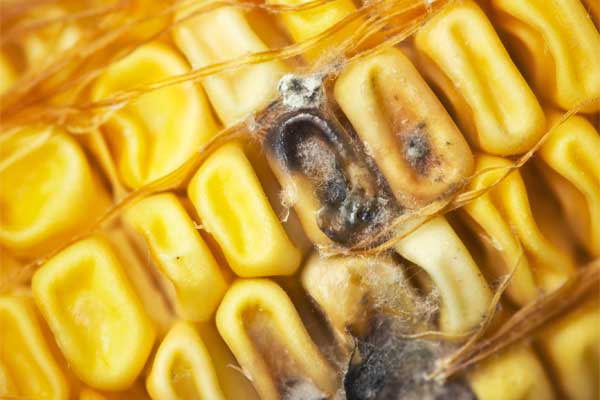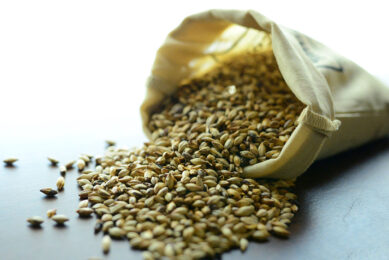Decrease in EU mycotoxin alerts

Last year, the European Union received less RASFF notifications regarding feed than the years before. Also the number of mycotoxins alerts has gone down. This is stated in the RASFF Annual Report 2013.
RASFF – the Rapid Alert System for Food and Feed – was created in 1979 by the European Union and enables information to be shared efficiently between its members (EU-28 national food safety authorities, Commission, EFSA, ESA, Norway, Liechtenstein, Iceland and Switzerland). In the annual reports, all the RASFF alerts are being discussed. For the feed industry, the mycotoxins alerts and the number and type of pathogenic micro-organisms found in animal feed are the most important ones.
Maize from Eastern Europe
Last year, 37 modifications were made regarding mycotoxins. Nine concerned aflatoxins in groundnuts from various origins. Most notifications (21) concerned maize products, mostly from South-Eastern Europe. The total number of mycotoxins alerts made last year were far less than the year before when 79 mycotoxin alerts were made. In 2012, aflatoxins in groundnuts, coming from India, were a big problem. Also maize with high levels of aflatoxins, from South-East Europe, were among the alerts. This was due to the drought in this part of Europe, making the plants very susceptible to Aspergillus sp, the fungus that produces aflatoxins. The contaminated maize alerts continued on into the first months of 2013 and concerned often very large quantities as whole shiploads were intercepted.
Micro-organisms, heavy metals and TSEs
Pathogenic micro-organisms are still the main reason for feed alerts within RASFF. Last year, the pathogens notified in feed were all Salmonella serovars except for one notification of Clostridum perfringens for petfood. Regarding the non-pathogenic feed alerts in 2013, notifications were made for too high levels of Enterobacteriaceae in fish meal. Four notifications were made for Cadmium, of which one showed relatively high levels of zinc-oxide from Turkey. But not to the extent that it would cause a serious risk to animal or human health. Also TSEs in feed were reported 13 times in 2013. This means that ruminant DNA was found in different types of feed. This could be due to an increased use of very sensitive testing.
Total alerts gone down
Out of the 3137 original notifications transmitted in RASFF in 2013, 272 concerned feed. This is about 8.7% of the total, but declining since 2011, both in absolute and relative numbers. In 2012 the RASFF got 3434 notifications, of which 326 concerned feed (9.5%).
Join 26,000+ subscribers
Subscribe to our newsletter to stay updated about all the need-to-know content in the feed sector, three times a week. Beheer
Beheer









 WP Admin
WP Admin  Bewerk bericht
Bewerk bericht